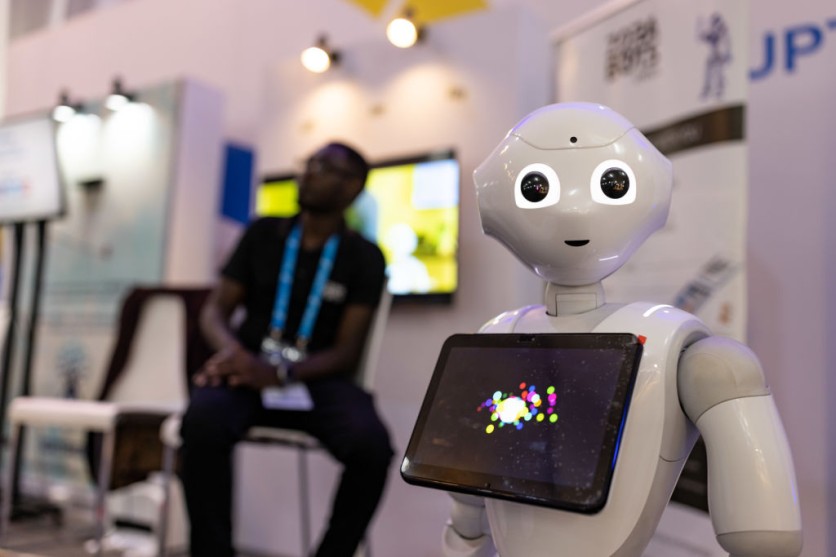The University of Central Florida (UCF) researchers have built a device for Artificial Intelligence (AI) that replicates the eye's retina, according to SciTechDaily.

The technology will be helpful in AI identifying what it sees right away and will also be used in robots and self-driving vehicles. It also works better than the eye when it comes to the range of wavelengths it can perceive from ultraviolet to visible light and on to the infrared spectrum.
What makes this technology unique is that it is a combination of three different operations. Unlike the currently available intelligent image technology today that needs separate memorization, data processing, and sensing.
Therefore, the new technology will be faster and compact, with hundreds of devices on a small chip. This can definitely be a game-changer in the world of artificial intelligence as the researchers now have the capacity to do in-sensor computing only with the use of a single device on a small platform.
Also, this also expands the researchers' previous work. They created brain-like devices that allow AI to work in remote regions and space, but they weren't fed with images. Now, they can add image sensing ability to them that will result in synapse-like devices that would act like smart pixels.
Also Read: How Artificial Intelligence Is Going To Be Regulated By The US Government: A Closer Look
How It's Done
The key to this technology is the engineering of nanoscale surfaces and it was tested by having it sense and recognize a mixed wavelength image. It demonstrated that the technology could discern the patterns and identify them. In fact, the researchers got 70 to 80 percent accuracy, which means there is a good chance that the AI technology can be used in hardware.
For Robots
This technology can work for artificial intelligence for robots. In other words, the channel will be used for transmitting information to a robot's brain. The researchers will be able to add this technology to existing hardware and make robots more intelligent.
It could also be used in developing robots to perform complex tasks and make them self-sufficient. Finally, it will help them to make a faster leap in AI and can also offer more exciting and useful applications for the users.
For Self-Driving Vehicles
AI is already being used in a number of self-driving cars. Autonomous vehicles are able to detect nearby vehicles, pedestrians, cyclists, and even animals, which are all potential challenges to avoid them.
The researchers said that the device is so versatile, which is why it can be applied to self-driving vehicles today. It will allow for safer driving in a range of conditions, even at night.
According to the researchers, this new technology that they're developing may be available in the next ten years.
Related Article: New Artificial Intelligence Light System May Be the Answer to Traffic Congestion
This article is owned by TechTimes
Written by April Fowell
ⓒ 2025 TECHTIMES.com All rights reserved. Do not reproduce without permission.




